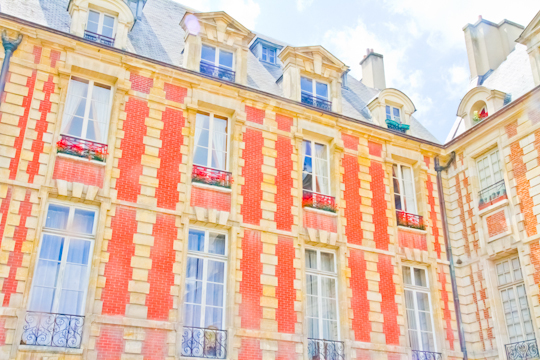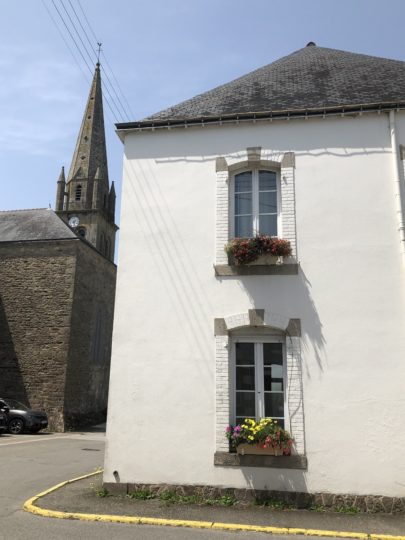This month, my report on Retiring to Paris’s Marais District will be published in the Overseas Retirement Letter, a publication of Live and Invest Overseas.
My editor, Lucy Culpepper, has shared some background on the publication:
The Overseas Retirement Letter (ORL) is a monthly e-magazine featuring retirement locations from across the globe… for all ages of retirees. It’s an intelligence-gathering service with real-world stories from folks who have found their own perfect haven… and retired in style overseas, often on a greatly reduced budget. The ORL provides “been there, done that” advice so that readers know all about a location before their feet touch the ground. From budgets to healthcare, pets to disabled accessibility the Overseas Retirement Letter delivers in-depth know-how on retirement-friendly locations in Latin America, Europe, and SE Asia every month of the year.
I encourage you to sign up today for the monthly newsletter! You will also be able to purchase my article as a one-off from the online bookstore within a few weeks after publication. And on January 7th, we will be holding a conference call to discuss the report further.
In addition to an introduction to the history, geography and culture of the Marais, my report covers topics such as the expat community, cost of living, the property market, health care, residency restrictions, tax considerations, bureaucracy and setting up in France, international schools, disabled access, gay & lesbian life, bringing pets to France, and inconveniences & annoyances. I also include a couple of top 5 lists for why to move (and why not to move) to the Marais, a glimpse into a typical day living in the Marais and into some of the literature set in the neighborhood, and finally an interview with an American retiree living in the Marais.
While the publication is targeted at the retiree population, most of the report will be relevant to anyone thinking of moving to the Marais, or to another Parisian neighborhood.
I leave you with an excerpt from the introduction to the report:
Just about anyone who took French in high school has thought, seriously or hypothetically, about moving to France one day. The romanticism of Hemingway’s Paris or Midnight in Paris does still permeate central Paris, but it is juxtaposed against a certain reality that is not always as rosy. I am an American expat who has lived and worked in Paris for the last six years and who recently purchased property in one of Paris’s most loved neighborhoods, the Marais. In the following pages, I will confirm and expand upon the romantic notion of living in the Marais, as well as provide you will dose of pragmatism to arm you for such an endeavor.
From Swamp to Marsh to Magnifique
The Marais literally means “marsh”, and that is exactly what this Parisian neighborhood was one thousand years ago. Before the area was drained into a fertile marshland, it was a swamp, and unfortunately the swamp-like odors remained even centuries after the transformation. Narrow cobblestoned streets, exposed stone and beamed-buildings and slanted walls and rooflines are still a common sight, a testament to the Marais’s medieval history. As early as the 13th century, the Marais began to serve as the heart of Paris’s Jewish community. Today, the Marais is one of Paris’s most trendy and desirable neighborhoods. It is the hub of the gay community in Paris. The Marais is also home to many restaurants, cafés and boutiques, many of which stay open on Sundays, an unusual practice in France. Despite this modernization, the Marais still retains so much of the medieval character that was bulldozed in the 19th and 20th centuries for bigger and better structures in other parts of the City of Light—but thankfully not the medieval smell. The most prevalent smell these days emanates from the numerous seductive boulangeries (bakeries) and pâtisseries (pastry shops). And built on what was once swampland, the land where my Maris apartment sits is not even deemed a flood zone….




